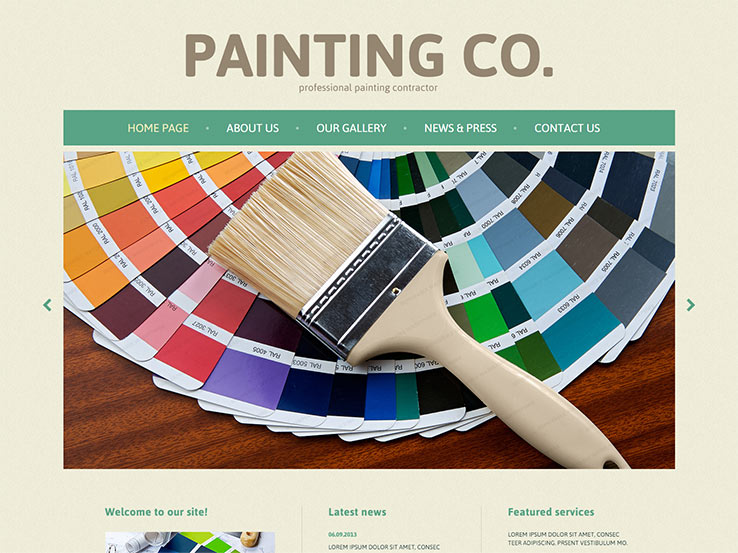Learn How Seasonal Factors Affect Business External Painting Success And Find The Very Best Times To Make Certain Long-Term Outcomes For Your Project
Learn How Seasonal Factors Affect Business External Painting Success And Find The Very Best Times To Make Certain Long-Term Outcomes For Your Project
Blog Article
auto impressions tulsa By-Korsholm Browne
When you're preparing a commercial external painting project, seasonal factors can make or break your outcomes. You'll want to take into consideration exactly how temperature level and humidity effect paint application and drying times. Selecting the right period can ensure your paint sticks effectively and lasts longer. Yet which seasons are truly the very best for this type of work? Allow's explore the key elements that can affect your task's success.
The Impact of Temperature Level on Paint Application
When you're intending an industrial exterior painting job, the temperature can substantially impact exactly how well the paint adheres and dries.
Preferably, you intend to paint when temperature levels range between 50 ° F and 85 ° F. If it's too chilly, the paint may not heal appropriately, causing issues like peeling off or fracturing.
On the flip side, if it's as well warm, the paint can dry as well promptly, avoiding proper adhesion and causing an irregular coating.
You must likewise take into consideration the time of day; morning or late afternoon uses cooler temperatures, which can be much more positive.
Constantly examine the maker's recommendations for the certain paint you're making use of, as they frequently supply advice on the suitable temperature level variety for optimum outcomes.
Humidity and Its Effect on Drying Times
Temperature level isn't the only environmental element that affects your business outside painting project; moisture plays a significant role as well. High moisture levels can decrease drying times considerably, affecting the general quality of your paint job.
When the air is filled with moisture, the paint takes longer to cure, which can cause concerns like poor bond and a higher danger of mildew development. If you're repainting on an especially humid day, be prepared for extended wait times in between coats.
It's important to monitor local weather conditions and strategy appropriately. Preferably, aim for humidity degrees between 40% and 70% for optimum drying.
Keeping these factors in mind guarantees your job stays on track and supplies a long-term finish.
Best Seasons for Commercial Outside Paint Projects
What's the best season for your commercial outside painting projects?
Spring and early autumn are commonly your best options. During these periods, temperature levels are moderate, and humidity degrees are usually lower, producing ideal conditions for paint application and drying out.
Avoid residential exterior painting , which can create paint to completely dry as well rapidly, bring about bad adhesion and surface. Likewise, winter's chilly temperatures can prevent correct drying out and healing, running the risk of the long life of your paint task.
Go for days with temperature levels in between 50 ° F and 85 ° F for optimum results. Bear in mind to inspect the local weather prediction for rainfall, as wet problems can spoil your project.
Planning around these factors guarantees your paint task runs smoothly and lasts much longer.
Verdict
In conclusion, planning your commercial external paint jobs around seasonal factors to consider can make a substantial difference in the result. By organizing job throughout the optimal temperature levels and humidity levels, you'll guarantee much better attachment and drying times. Bear in mind to keep an eye on regional weather forecasts and choose the correct time of year-- spring and early loss are your best bets. Taking these steps will certainly assist you attain a long lasting and professional coating that lasts.
